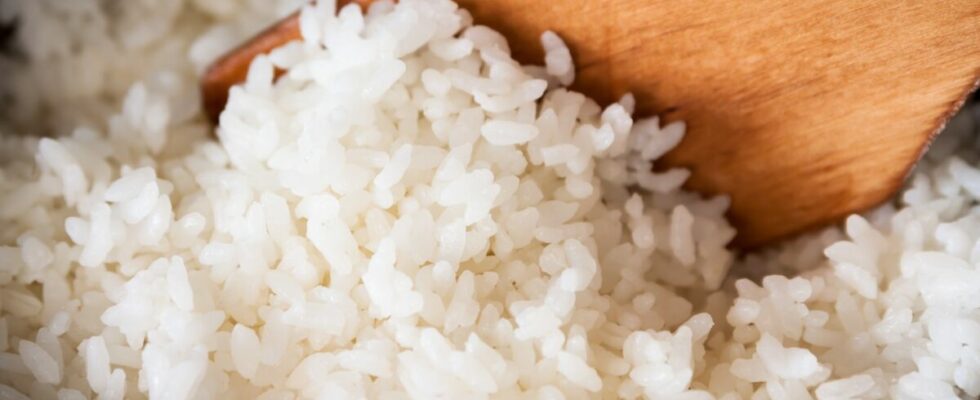Basmati, long, Camargue, or even Thai rice… There are thousands of varieties of rice produced and consumed around the world. If Asian countries are the champions in the use of this very popular starch, the French are not left out, with a consumption of approximately 6 kilograms per year per person. Rice is therefore a very common food which can be used in many recipes, but the latest issue of the magazine 60 million consumers looked at the levels of pesticide contamination in different types of rice. What types of rice should you avoid and what should you prefer?
Rice: pesticide residues in 15 of the 40 references studied by 60 million consumers
To determine which types of rice sold in supermarkets were most contaminated by pesticides, 60 million consumers has analyzed 40 rice references among the four most consumed varieties in France: basmati rice, thai ricelong grain rice and Camargue rice. Beyond pesticides, the magazine also looked for traces of inorganic arsenic, present naturally in the soil, possibly absorbed by the plant, and aflatoxins, toxins produced by mold. The magazine then gave them a score out of 20.
At the end of the analyses, the experts of 60 million consumers have detected pesticide residues in 15 of the 40 references studied, or more than a third of the rice in the panel. They were able to identify 9 different substances, although none exceeded the maximum residue limit set by the European Commission. A large part of the rice analyzed contains traces of pesticides, but which ones should be avoided on supermarket shelves?
Pesticides: non-organic basmati rice and long grain rice are the most contaminated, according to 60 million consumers
According to the magazine’s results, basmati rice, except organic, is the most contaminated by pesticides. This does not surprise Delphine Marie-Vivien, researcher at CIRAD, interviewed by 60 million consumers : “For India, the main producing country with Pakistan, basmati rice represents a very profitable product: fifteen years ago, producers added more productive varieties and pushed towards more intensive rice cultivation that uses pesticides”.
With the worst scores in the panel, four non-organic basmati rice references close the ranking. They all contain two or three pesticide residues, which can be particularly harmful. They present in particular traces of tebuconazolea fungicide and plant growth regulator, and cypermethrin, a powerful insecticide used to combat insects, both of which are considered risks to human health. Indeed, the magazine recalls the alerts from the French Health Safety Agency (ANSES) and the European Chemicals Agency (Echa), which classified them as “potentially carcinogenic, mutagenic and toxic for reproduction”. Experts also detected another pesticide in three of these products, isoprothiolane, prohibited for use in the European Union, but whose residues are authorized in food products.
60 million consumers also pointed out the pesticide levels of four varieties of long grain rice. In these, the magazine’s experts were able to detect four different molecules, including quinclorac And cypermethrinwhich present risks to humans and the environment.
Traces of pesticides: which rice to favor according to 60 million consumers?
On the pesticide side, Camargue rice and Thai rice are the good students according to 60 million consumers. They have very little, if any, chemical contamination. “It’s not very surprising.” explains to Delphine Marie-Vivien magazine. She adds that ““Thai or fragrant rice varieties are traditional, with limited productivity potential, and therefore generally cultivated using low-intensity methods.” However, although these types of rice have very few traces of pesticides, they contain inorganic arsenic, naturally present in the soil and which can pose a problem for human health. But the experts of 60 million consumers consider that arsenic is present at very low levels, which would not cause a major health risk.
Find the entire survey of 60 million consumers in issue n°599 of the magazine, February 2024.
📢 New number
Featured – #Ricewithout #pesticidesit’s better !
Cultivated in intensive mode, rice is exposed to numerous contaminants.
Basmati, Thai, long grain and Camargue: we analyzed 40 references. The results are very uneven.https://t.co/KeFjy4wRLn pic.twitter.com/CbPogz68D9— 60 Million Consumers (@60million) January 25, 2024
